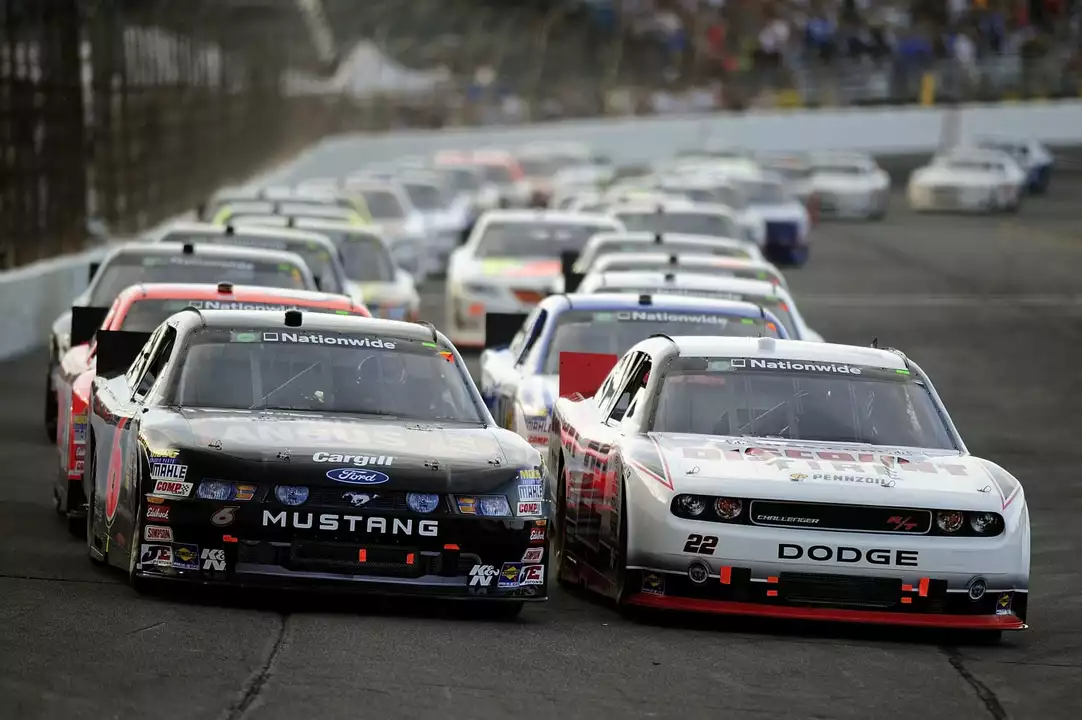Racing Line Tips: Find the Fastest Path on Any Track
Ever wonder why the best drivers seem to glide through corners while others slide around? The secret is the racing line – the ideal path that lets you carry the most speed. Knowing the line can shave seconds off a lap, and it’s not rocket science. Let’s break it down so you can start using it today.
Why the Racing Line Matters
The racing line is all about physics. When you hit a corner at the right entry, you stay on the inside edge, hit the apex (the point where the car is closest to the inside wall), and then let the car drift wide on exit. This shape lets the car maintain grip and keep momentum. Miss any part and you lose speed, which adds up over a full lap.
In practical terms, a good line means fewer brakes, smoother steering, and less tire wear. It also helps you stay safe, because you’re not fighting the car’s limits as hard. Whether you’re on a road‑course, a kart track, or a dirt oval, the same principles apply.
Tips to Master the Racing Line
1. Watch the apex. The apex is the turning point inside the corner. Aim to hit it with the front of your car, not the rear. Hitting the apex too early or too late throws off your exit speed.
2. Use braking zones wisely. Brake in a straight line before the turn, then ease off the brake as you turn in. This keeps the weight balanced and lets the tires grip better.
3. Look ahead. Your eyes should be on the exit of the corner, not the tires. Seeing where you want to go helps your body and car react naturally.
4. Practice the ‘late‑apex’ on tight bends. For slower corners, a slightly later apex lets you get on the throttle earlier, which can boost acceleration onto the next straight.
5. Learn each track’s quirks. Every circuit has a unique shape, camber, and surface. Spend a few laps just feeling the groove – then mark the line with cones or chalk if you can.
Start by walking the track or watching on‑board videos. Notice where the fastest drivers line up their wheels. Replicate that position, then adjust based on how your car feels. Small changes – a few centimeters off the curb – can make a big difference.
Finally, record your laps and compare sector times. If a corner is slower than expected, replay the footage and see where you deviated from the ideal line. Use the data to fine‑tune your approach.
Mastering the racing line takes time, but the payoff is clear: faster lap times, smoother rides, and a deeper feel for the car. Keep it simple, stay consistent, and watch your performance improve lap after lap.

How does the Indianapolis racing line work?
As a racing enthusiast, I've always been fascinated by the Indianapolis racing line. It's a technique used by drivers on the iconic Indianapolis Motor Speedway to achieve the fastest possible lap time. The line involves taking a specific path that maximizes speed through the turns, typically hugging the inside of the corner at the apex and then smoothly transitioning back to the outside. This allows the car to maintain a higher speed and reduce tire wear. Understanding and mastering the Indianapolis racing line is crucial for any driver looking to succeed at the legendary track.